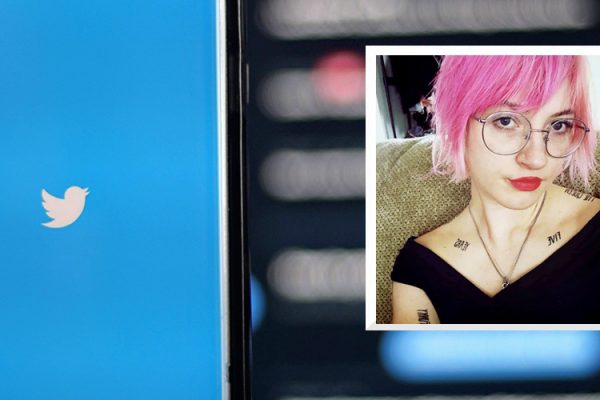Since virtual reality has become better and more mainstream, other related technology is beginning to emerge. One of those technologies is called Ultrahaptics.
Touch via ultrasound
Ultrahaptics will allow users to touch what they see during a virtual or augmented reality session. Ultrahaptics can even give an object, such as a poster, a 3D feel, TechCrunch reported. The technology is able to emit this sensation through ultrasound.
“Small speaker-like ultrasound wave emitters… give the sensation of pressure and texture when” someone waves their hands “in the open air,” TechCrunch added. It’s described as feeling like a “combination of static electricity from laundry, a fan and heavy bass without the sound.”
From 2D to 3D
Tom Carter, Ultrahaptics CTO, presented the new technology while onstage at TechCrunch’s Disrupt Berlin conference earlier this month. During his presentation, he demoed the new technology by showing how it works with a movie poster.
“In his demo, you could wave your hands in front of a Star Wars: The Last Jedi poster, and touch ‘the force’—a tingly feeling synced to a lightsaber sound and animation of crackling energy on the poster’s screen,” TechCrunch reported.
Expanding the technology
Although the technology is still in its infancy, Ultrahaptics is working on expanding it to allow people to feel different textures.
“Unfortunately, ultrasound won’t ever be strong enough to make it seem like you’re actually holding a complex virtual object like a gun while playing a first-person shooter game,” TechCrunch shared. “But it could still let you interact with virtual reality or augmented reality without the need for gloves or wearables.”
If you’re wondering about the safety of the technology, you’re not alone—even the presenter who was speaking with Carter was initially skeptical. Carter quickly dispelled the presenter’s fears by announcing that the technology is completely safe.
“The technology could compete with alternative ways to feel virtual reality, like Tactical Haptics’ Reactive Grip product—a controller with moving surfaces that rub against your hands to give the impression of a fish tugging on a line or you stretching a piece of rubber,” TechCrunch reported. “It could eventually be built into VR headsets or tabletop models.”
Carter said that one of his longterm goals for the technology is advancing it to the point that it could provide non-distracting information to people driving cars. He also hopes to one day pair his technology with voice technology. “You’ll be able to sift through data or navigate interfaces with voice, but then touch or manipulate what you call up,” TechCrunch shared.
So far, Ultrahaptics, a Bristol, England-based company, has raised around $38 million.
What this means for you
We don’t have to tell you how much of a game changer ultrasound touch-like technology could be for your work.
If clients are able to link to a “virtual reality you” and receive even the slightest bit of touch sensation, it could allow you to provide fans with an even more life-like performance.
—
Abbie Stutzer is a writer and editor from Lawrence, Kansas. Find her on Twitter at @abbiestutzer and on Insta at @abbiestutzer. Email her at abbie@ynotcam.com.










